42 is sodium salt on food labels
New US food strategy calls for nutrition labels to cut sodium, sugar President Biden is seeking to reduce diet-related diseases in the US with front-of-pack labels part of a new national food strategy. ... is a goal to reduce sodium and salt consumption with longer ... Different Names for Sodium in Food | Healthy Eating | SF Gate When trying to eliminate sodium from your diet, scan the ingredient list before eating or drinking anything. Any ingredient with "sodium" or "Na" -- the chemical name for sodium -- in its name...
Food Packaging Claims | American Heart Association 50% less sodium than normally added: No salt added or unsalted: No salt added during processing. If the food is not sodium free, the statement "not a sodium free food" or "not for control of sodium in the diet" must also appear on the label. Fiber: If a food claims to be … It means that one serving* contains …
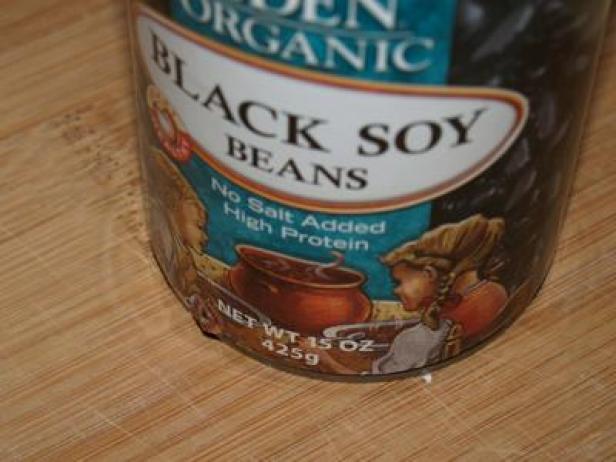
Is sodium salt on food labels
PDF Controlling Sodium and Reading Labels - Veterans Affairs If unable to buy low sodium versions, drain and rinse canned foods under running water to remove excess sodium. • Choose foods with 140 mg sodium or less per serving. • Avoid food with more than 300 mg of sodium per serving. You can also use the % Daily Value (% DV) of sodium on food labels to help you quickly compare brands or products. Reading Labels - World Action on Salt & Health Some food labels may only state the sodium content. To convert sodium to salt, you need to multiply the amount by 2.5. For example, 1g of sodium per 100g = 2.5 grams of salt per 100g You then need to know the weight of the serving portion in grams e.g. 30g Then divide the concentration of salt per 100g by 100 and multiply by the serving size. Should food labels say salt or sodium? According to today's Food Chemical News (which, unfortunately, requires a subscription to read), the FDA is arguing to make the international standard for food labels say sodium, not salt. The U.S. delegation to the Codex Committee on Food Labeling will push for requiring the term "sodium" rather than "salt" on nutrition labels.
Is sodium salt on food labels. Sodium on the Nutrition Facts Label | FDA - U.S. Food and Drug ... Most Americans eat too much sodium and diets higher in sodium are associated with an increased risk of developing high blood pressure. The Nutrition Facts label is a handy tool you can use every... Bulletin #4059, Sodium Content of Your Food - Cooperative ... Sodium Facts. Removing the saltshaker from the table is one good way to cut sodium intake. When reading labels for sodium content, look for “salt,” “sodium,” “monosodium glutamate,” and sodium added to words like “benzoate.” Sodium can be in medicines such as aspirin. How to Reduce Sodium Intake - Centers for Disease Control and ... Aug 23, 2022 · Compare the amount of sodium in different products by reading Nutrition Facts labels. Choose the options with the lowest amounts of sodium. When buying prepared meals, look for those with less than 600 milligrams (mg) of sodium per meal, which is the upper limit set by the Food and Drug Administration for a meal or main dish to be labeled ... How to Convert Sodium to Salt for a Food Label - Positive ID Labels You may need to convert sodium to salt for a food label to meet the EU regulations. It is not lawful to convey sodium content alone and consumers should not be expected to do the calculations in their head! In fact, you may only convey information as "Salt" - you are no longer allowed to convey the value as "Sodium".
Sodium & Your Heart Health: How To Read Nutrition Facts On Food Labels So if salt is listed as a primary ingredient, the sodium content may be very high. However, people should still check the sodium content on the rest of the label to confirm how much is being consumed. What about low-sodium foods? Food can be considered low-sodium if the total sodium content is 140mg or less and is based on serving size. Food Labels | CDC - Centers for Disease Control and Prevention In general, eat more foods that are higher in vitamins, minerals (such as calcium and iron), and fiber. Eat fewer foods that are higher in added sugars, saturated fat, and sodium (salt), and avoid trans fat. Keep in mind that the % Daily Value of each nutrient, such as total fat of 10% in the example below, is based on eating 2,000 calories a day. Get the Scoop on Sodium and Salt | American Heart Association Apr 16, 2018 · Here are the approximate amounts of sodium in a given amount of salt: 1/4 teaspoon salt = 575 mg sodium 1 teaspoon salt = 2,300 mg sodium; More than 70% of the sodium we consume comes from packaged, prepared and restaurant foods. The rest of the sodium in the diet occurs naturally in food (about 15 percent) or is added when we’re cooking food ... PDF Reading Food Labels for Sodium (Salt) - westernhealth.nl.ca Reading Food Labels for Sodium (Salt) You will find the Nutrition Facts box on most packaged food products. The Percent Daily Value (%DV) tells you whether a food has a little or a lot of a given nutrient. Choose a food with a lower %DV. See if you can find the %DV for sodium on the following label. This food
What do the sodium (salt) numbers mean on food labels? - Dr. Gourmet For sodium, the Nutrition Facts label is required to list the number of milligrams of sodium per serving. For instance, in the Cheeseburger Macaroni Hamburger Helper the sodium per serving is listed as 760 milligrams (mg). To make it a bit easier the regulations also require that the percent of daily recommendations (RDA) is listed as well. What Sodium Labels Mean: A Guide to Decoding Sodium Labels Reduced (or Less) Sodium: This label means that the sodium level in the product has been reduced by 25 percent per serving from the original or a competitor's product. And if that product started with over 500mg sodium per serving, then you're still talking about 375mg of sodium per serving. Watching Salt? Here's How to Decode Food Labels - Cooking Light "Low sodium," "very low sodium," and "salt- or sodium-free" on food labels translate to less than 140, 35, and 5mg per serving, respectively. These front-of-the-package claims can help you spot legit lighter-sodium products at the supermarket—look for low sodium chicken broth, low sodium canned beans, low sodium bread, and low sodium soy sauce. Salt and Sodium - A guide for Food Labelling - Medic8 Salt and Sodium One thing to be aware of is 'hidden' salt in foods such as sodium. Many people might not realise that sodium is part of salt and so ignore it when checking a food label. They will look for salt content and assume that it is the total amount of salt in that food whereas the figure could be much higher due to the additional sodium.
Is salt required to have a food label? Why is sodium listed on food ... Why is sodium listed on food labels? They list carbs, protein, fat, calories, etc., because nutritional information is important to many consumers. Also, some people, particularly with high blood pressure, are following a restricted salt diet, so they want to know how much is in their food.
Sodium: How to Read Food Labels - Intermountain Healthcare Low-sodium label hints The label might say it is " low sodium ," but how do you know how much that really is? Here's a cheat sheet: Sodium free — Less than 5 milligrams of sodium per serving Very low sodium — 35 milligrams or less of sodium per serving Low sodium — 149 milligrams or less of sodium per serving Reduced sodium
Sodium in Your Diet | FDA - U.S. Food and Drug Administration Sodium is a mineral, and one of the chemical elements found in salt. Sodium as a Food Ingredient As a food ingredient, sodium has multiple uses, such as for curing meat, baking, thickening,...
Is Sodium the Same Thing as Salt? - Academy of Nutrition and ... Aug 08, 2019 · On the label, look for foods that are lower in sodium. Choose foods with less than 120 milligrams of sodium per serving. Look for the words salt-free, sodium-free, very low sodium and low sodium on the label. Double-check sodium content of foods with labels that read unsalted, no salt added, reduced sodium or lower sodium.
Salt and Sodium | Nutrition.gov Learn more about salt and sodium in your diet and how it affects your health. Find resources and tips for reducing the amount in your diet while keeping the flavor. ... information on shopping and reading food labels. Tips to Eat Less Salt and Sodium. HHS, National Institutes of Health, National Heart, Lung, and Blood Institute.
Sodium and Health - Centers for Disease Control and Prevention The body needs a small amount of sodium to function, but most Americans consume too much sodium. High sodium consumption can raise blood pressure, and high blood pressure is a major risk factor for heart disease and stroke. While sodium has many forms, most sodium we consume is from salt.
PDF Reading Food Labels to Look for Sodium - ksw-gtg.com Easy-to-read food labels can help you find foods low in sodium. This will help you keep track of the number of grams (g) or milligrams (mg) you consume each day. According to Food and Drug Administration regula- tions, no manufacturer can say that their product is "low-sodium" unless they can prove that claim.
How to Read Salt Labels | Cooking Light When food companies make sodium claims, they have to follow labeling rules. For the consumer, the tricky part is that there are four claims. Two apply when a company is comparing their food to a loosely defined fully salted version. One refers to a specific sodium level, another to whether salt has been added.
Sodium and Food Labels | Sutter Health It's important to note that all nutritional labels list amounts of nutrients per serving. This item, for example, lists 16 servings in the entire container. The sodium level is 120 mg for one serving. That means if you drink the entire container, you'll get 1,920 mg sodium! That could be a critical error if you're not careful.
How to Read Labels for a Low Sodium Diet - Salt Sanity Sodium Nitrate. Sodium nitrate is used to cure meats so you'll likely find it on labels of foods like lunch meat, bacon, and hot dogs. Research indicates sodium nitrate can damage arteries, causing them to harden and narrow, a potentially dangerous situation for patients with heart disease. There are some high sodium ingredients you will ...
10 tricks to reduce salt (sodium) in your diet - Harvard Health Jul 20, 2018 · Rotisserie or fried chicken from a grocery store or restaurant contains up to four times the sodium of plain chicken prepared at home. Smart swap: Bake or sauté plain chicken breasts seasoned with salt-free herb blends. 9. Cheese. The amount of sodium in cheese varies widely, even among the same varieties, so check the labels carefully.
Learn About Salt Free Food Labels | Chegg.com Salt Free Food Labels Definition. Salt-free food labels appear on certain food packages that have very negligible sodium content. A low-sodium diet contains 1500-2400 mg of sodium per day. A low-sodium diet is very important for the management of hypertension, kidney, liver failure, or even liver dysfunction.
How to Read a Food Label to Limit Sodium: Care Instructions The label lists the ingredients in a food in descending order (from the most to the least). If salt or sodium is high on the list, there may be a lot of sodium in the food. Know that sodium has different names. Sodium is also called monosodium glutamate (MSG), sodium citrate, sodium alginate, and sodium phosphate. Read Nutrition Facts labels
How do you read a food label for salt / sodium? - Irish Kidney Diet Product labels on many foods show how much sodium (mg/g) or salt (mg/g) they contain. Sodium is not the same as salt. Salt is sodium chloride so sodium is just one part of a molecule of salt. Many labels provide sodium content but not the salt content which can be confusing.
Should food labels say salt or sodium? According to today's Food Chemical News (which, unfortunately, requires a subscription to read), the FDA is arguing to make the international standard for food labels say sodium, not salt. The U.S. delegation to the Codex Committee on Food Labeling will push for requiring the term "sodium" rather than "salt" on nutrition labels.
Reading Labels - World Action on Salt & Health Some food labels may only state the sodium content. To convert sodium to salt, you need to multiply the amount by 2.5. For example, 1g of sodium per 100g = 2.5 grams of salt per 100g You then need to know the weight of the serving portion in grams e.g. 30g Then divide the concentration of salt per 100g by 100 and multiply by the serving size.
PDF Controlling Sodium and Reading Labels - Veterans Affairs If unable to buy low sodium versions, drain and rinse canned foods under running water to remove excess sodium. • Choose foods with 140 mg sodium or less per serving. • Avoid food with more than 300 mg of sodium per serving. You can also use the % Daily Value (% DV) of sodium on food labels to help you quickly compare brands or products.




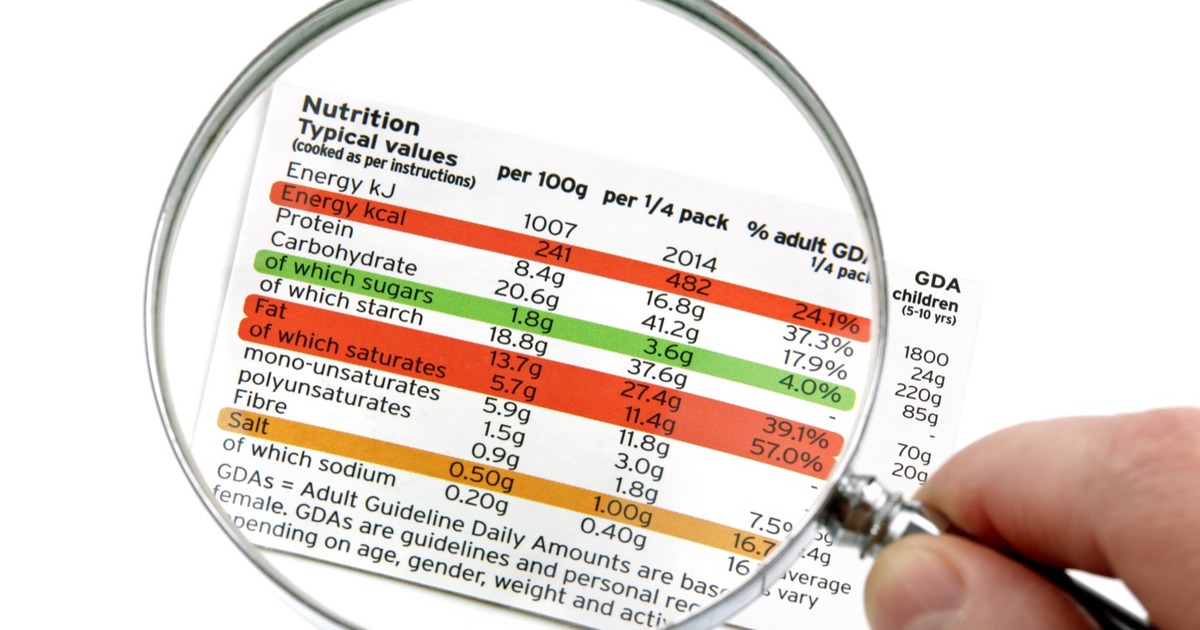


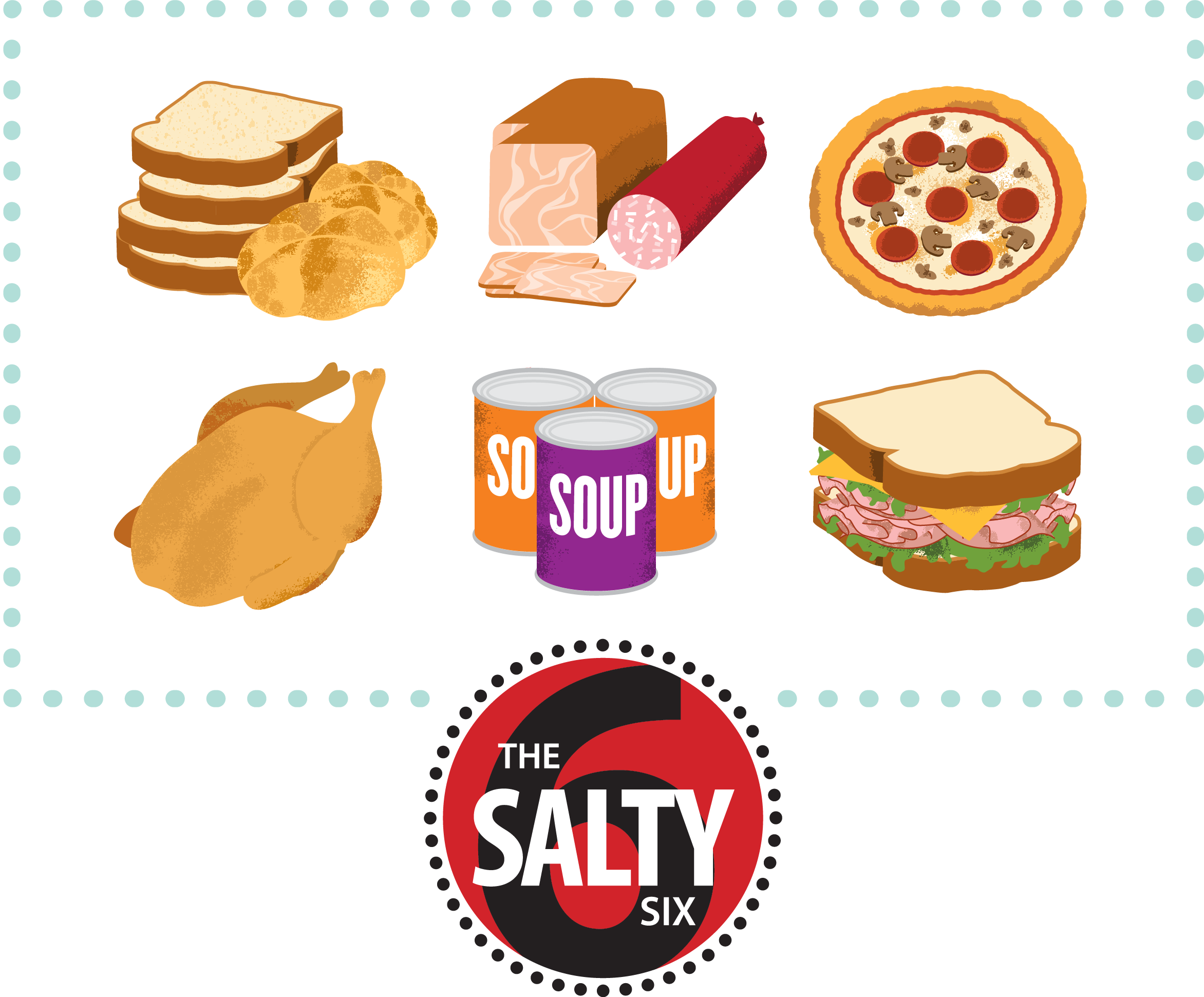
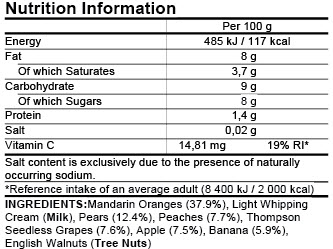



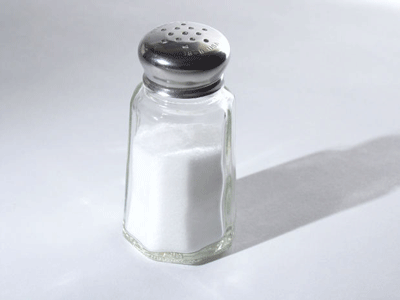
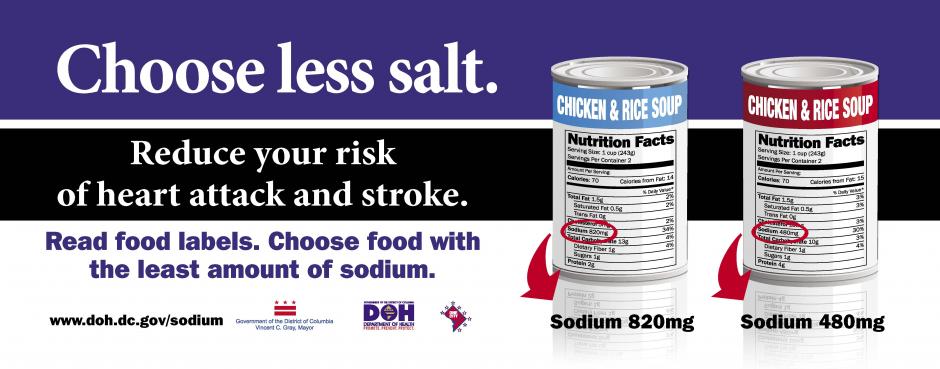
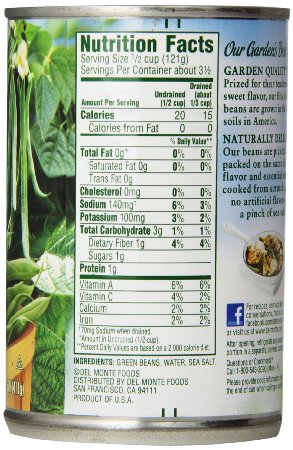


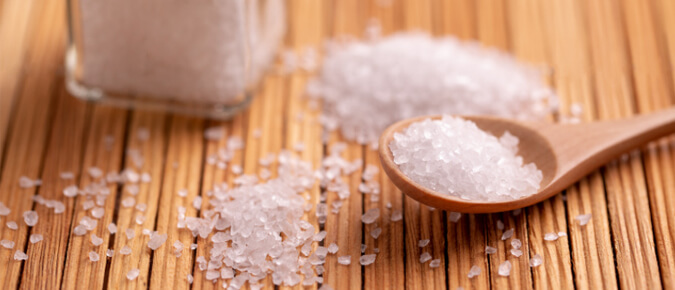
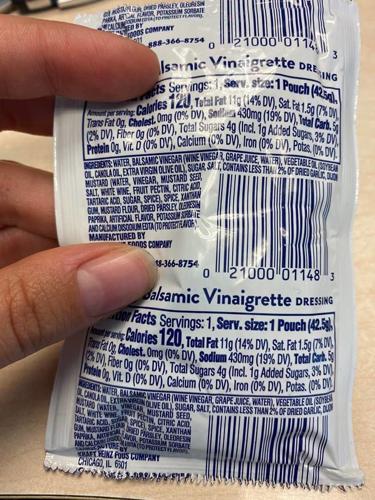
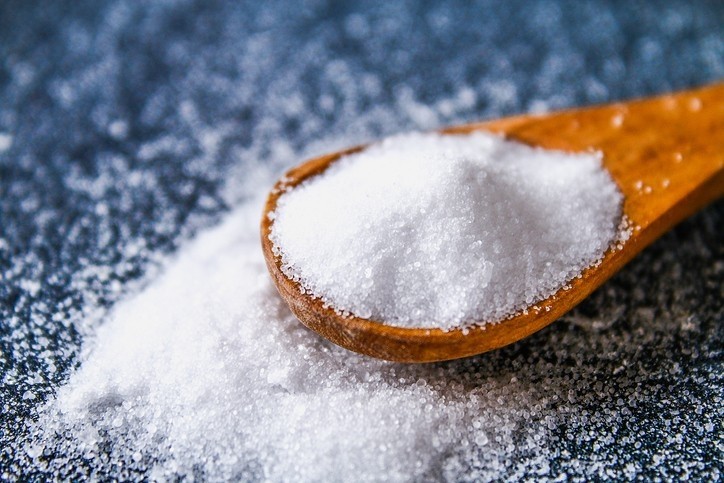

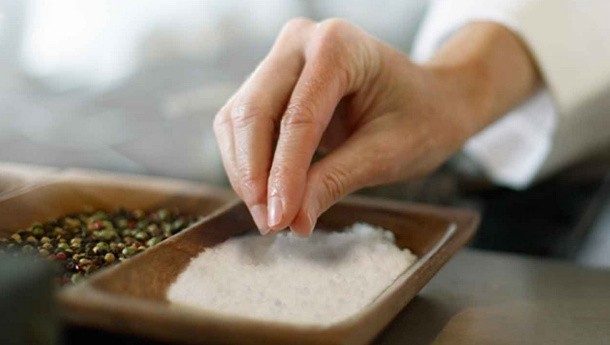
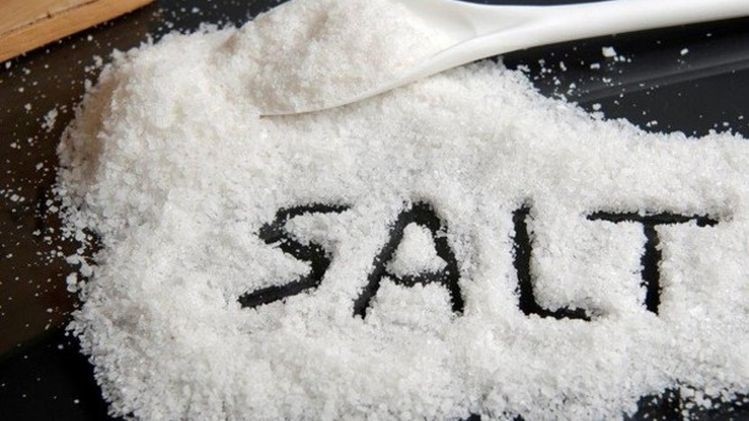

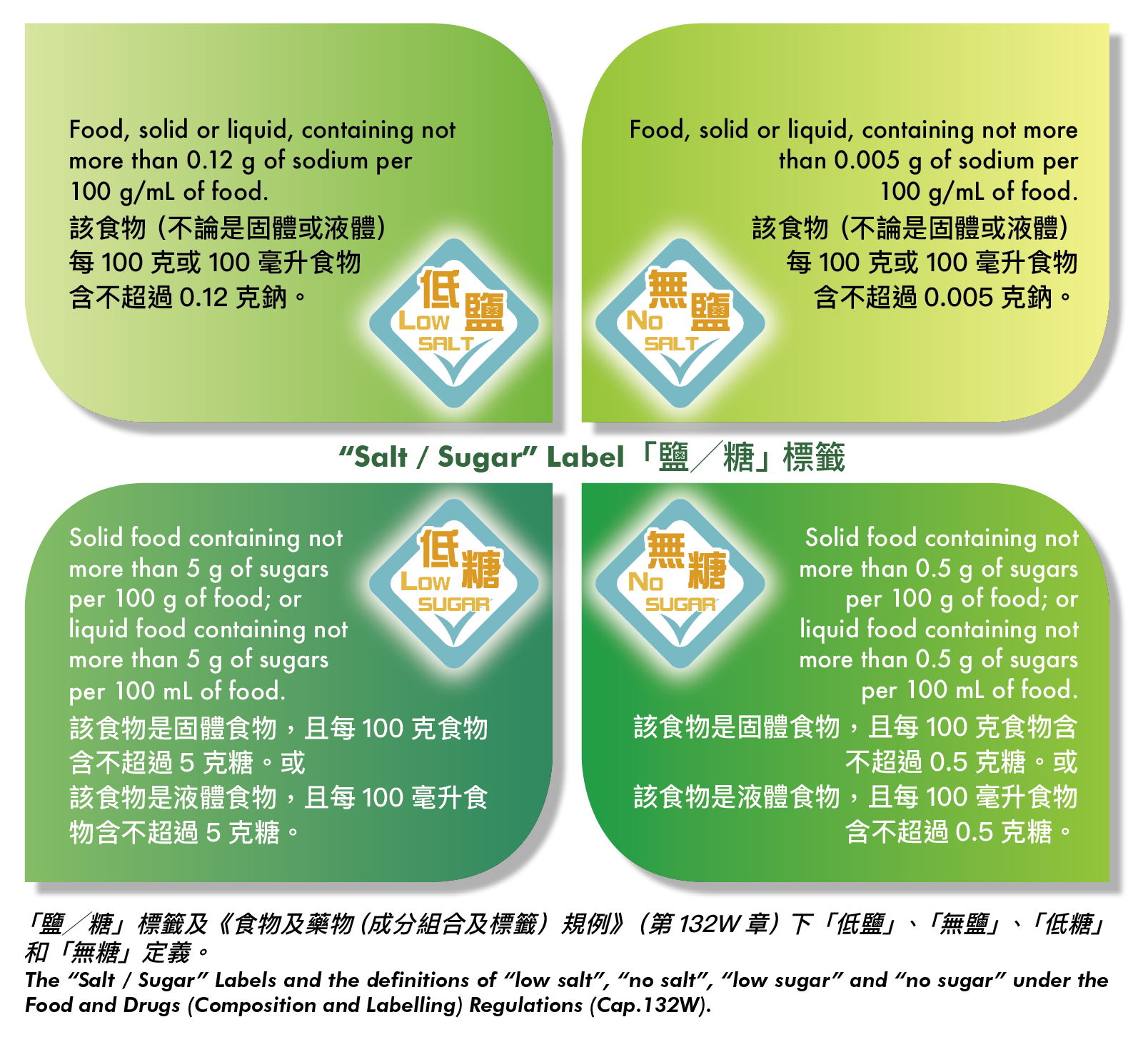
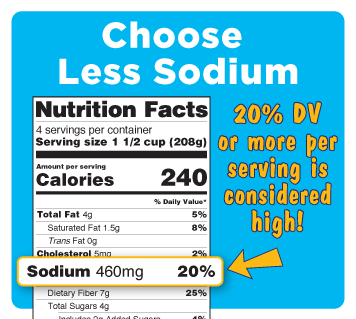


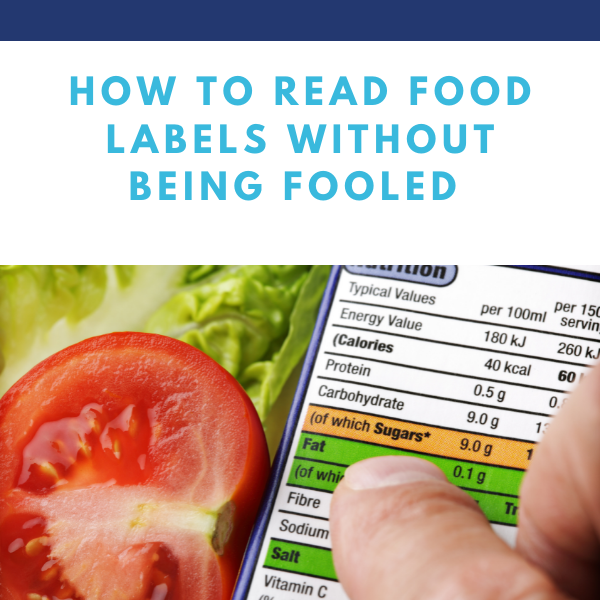

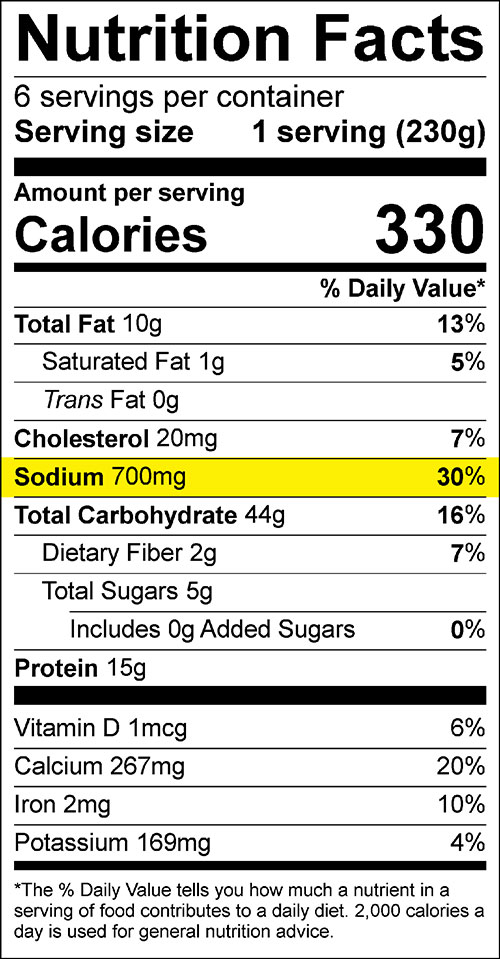


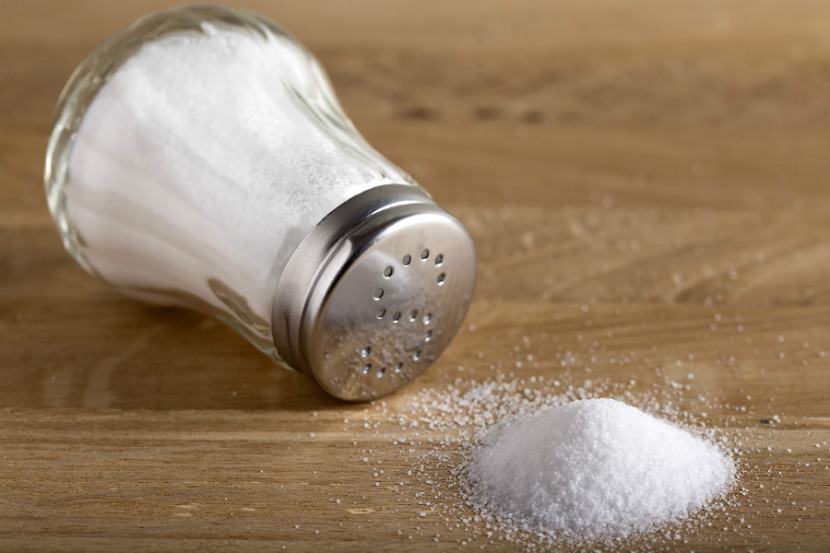
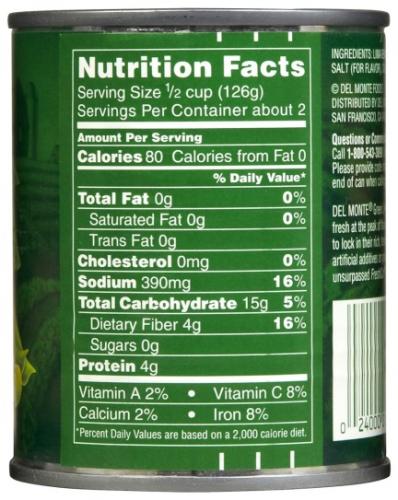
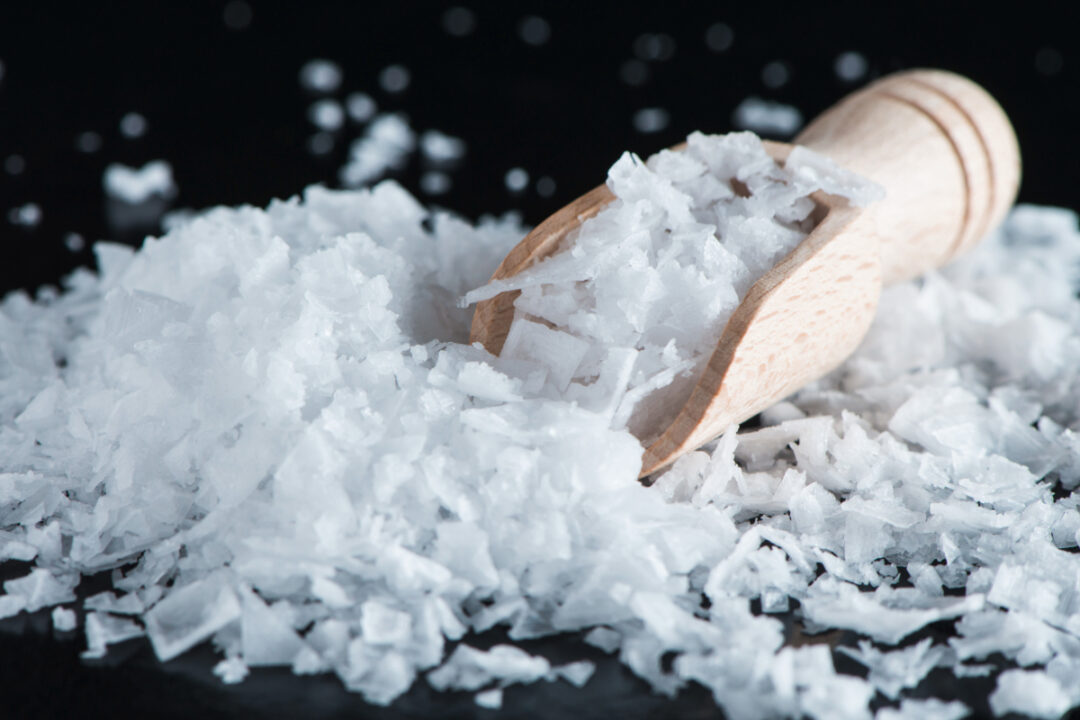

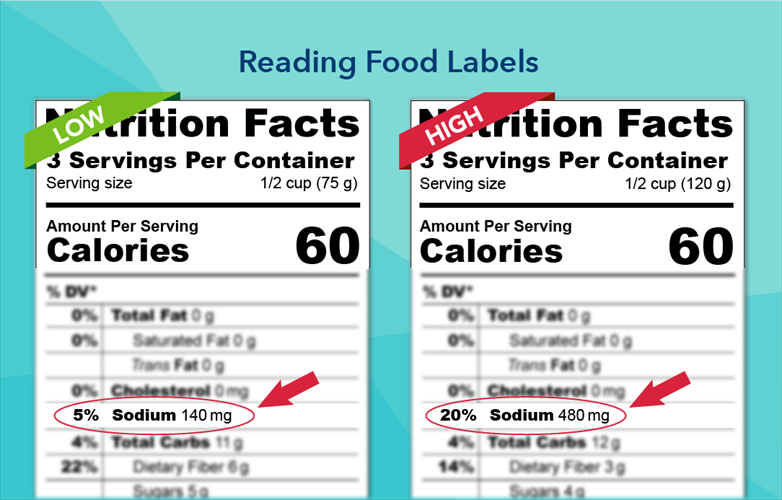
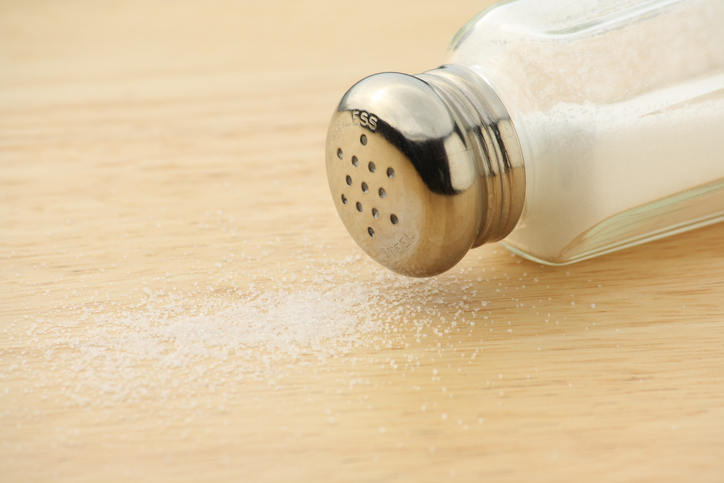

Post a Comment for "42 is sodium salt on food labels"